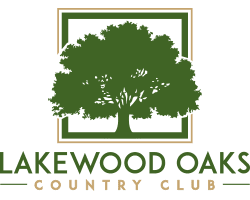The LPOA, Lakewood Holding Company (LHC), and the Acquisition of the Lakewood Oaks Golf Course
The Lakewood Oaks Country Club has been one of the most important investments of the LPOA in the 50 year history of Lakewood.
The Mission of the LPOA is as follows:
“To maintain and enhance the property values of its members and promote the development of a desirable residential community through projects, programs and services.”
The most important way we continually achieve this mission is through nurturing and maintaining our two signature amenities: our Lake and our Golf Course.
Membership Inquiries
For membership inquiries, email mark@logc.org, or call (816) 373-2505.
For access to LHC Financial and Documents, please login to the Residents only section.
Introduction
Since 2007, Lakewood Oaks Country Club has been under the ownership of Lakewood Holding Company, a subsidiary of Lakewood Property Owners Association (LPOA).
This acquisition stands as a significant investment by LPOA, anchoring its stake in the golf course, which has provided stability and continuity to the community since its establishment in 1976.
After 18 years, the LPOA has seen the Golf Course thrive and expand, while allowing consolidation of resources and providing an excellent location for Lakewood staff, community events, and management operations.
This ongoing series of Transparency Reports is designed to factually document the progression of one of the most important assets of our community, the Lakewood Oaks Country Club.
*NOTE: During the April 13, 2017 LPOA/LHC Board Meeting, the Board approved a motion to change the name of Lakewood Oaks Golf Club to Lakewood Oaks Country Club.
Chronological History of the Golf Course
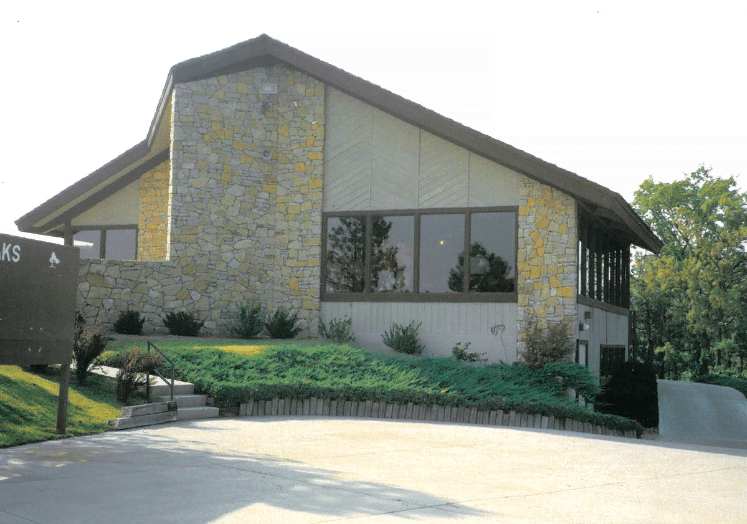
Part 1: Introduction & Timeline (1977-2024)
This timeline helps orient old and new residents to the history of Lakewood clubhouses, food and beverage, and Golf Course transitions.
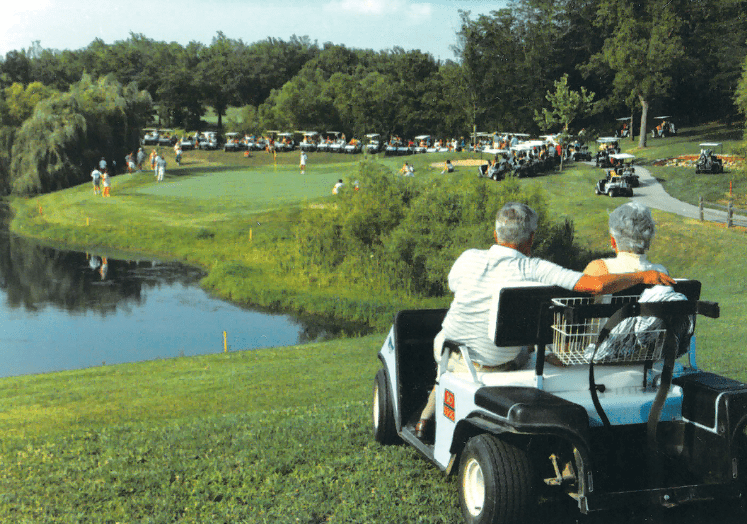
Part 2: Acquisition Discovery Process (2005-2007)
This details the two-year process of seeking professional reports on financials, operations, and planned efficiencies from the LPOA acquiring the LHC, the 10 informational sessions offered to the community, and the membership vote to acquire.
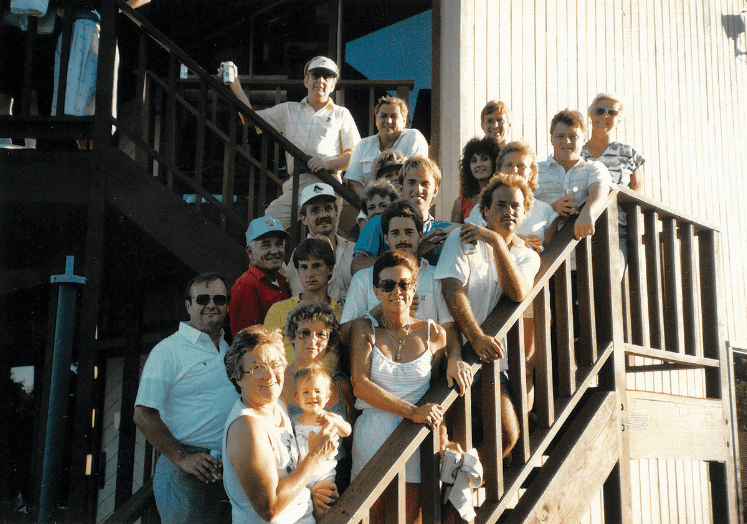
Part 3: Acquisition Legal Process (2005-2007)
This is a detailed account of the financial, legal and tax structure of the course acquisition, and all documents are provided.
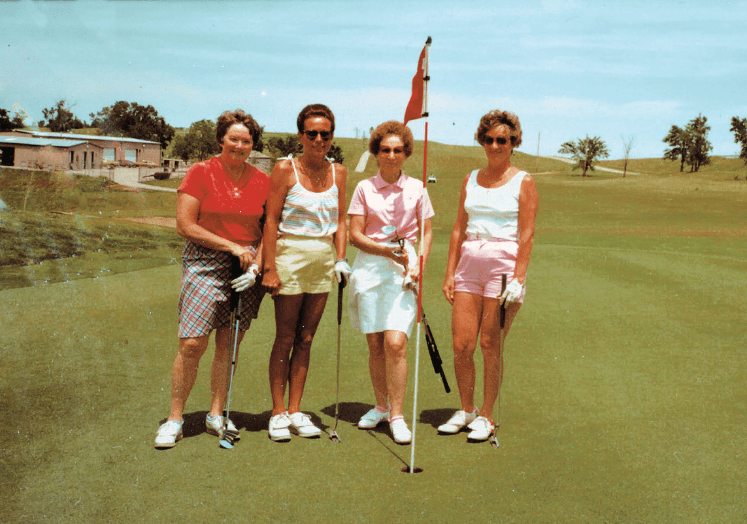
Part 4: Launching During the Recession (2007-2009)
The Golf Course struggled immensely during the first 2 years of acquisition, which was unfortunately timed right at the start of the Great Recession. In retrospect, we can see now that had the LPOA not acquired the course, or if the Golf Course failed during those difficult and important years, the landscape of our community would be vastly different.
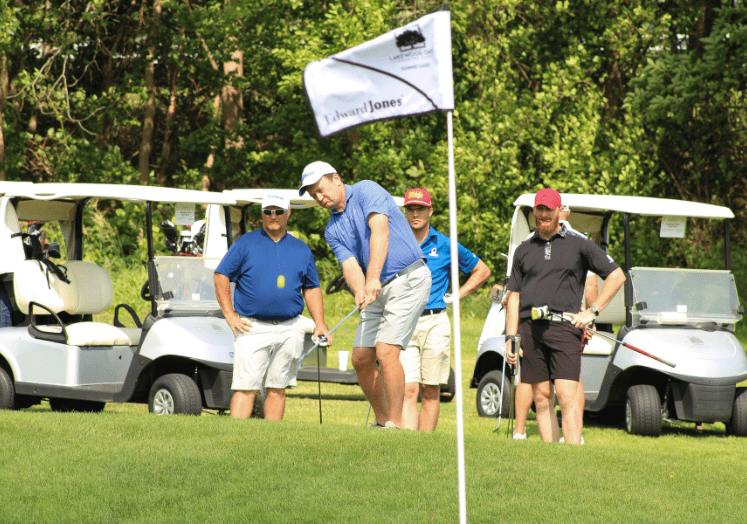
Part 5: The Recession Recovery (2010-2017)
This outlines great strides during 6 years when deferred maintenance was finally addressed, membership evolved, and food and beverage costs shifted between entities.

Part 6: Strategy – The Way Forward (2017-2018)
Drafted in 2017, this provided the positive outlook and changes on the horizon that were anticipated with membership, following a website overhaul and new partnerships.

Part 7: The Pandemic Effect (2019-2024)
Although tragic and disorienting for our community, the unexpected years of the Covid-19 shutdown led to remarkable gains at the Lakewood Oaks Country Club. As one of the only clubs that stayed operational during the shutdown, our course thrived, and continues at a record high level of membership.
Featured Topics
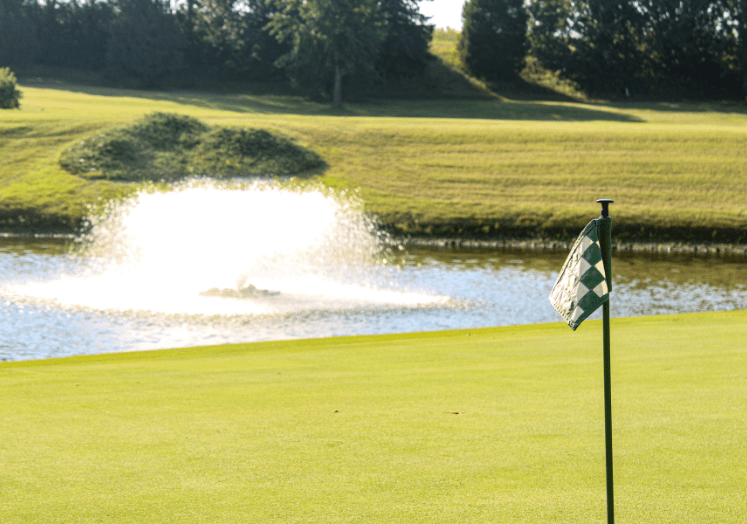
History of our Leases between the LHC and LPOA
The LPOA acquired the LHC in 2007 and has been a lease-paying tenant of the Lakewood Oaks Golf Course for 13 out of those 18 years (2011-2024). Initially, in 2007, the LPOA invested in the purchase of the LHC. Then, the LHC shouldered the food and beverage and low lease costs of the LPOA for six years (2010-2016). Finally, in 2017 the lease and food and beverage costs became equitable for both parties, and both entities are thriving today.
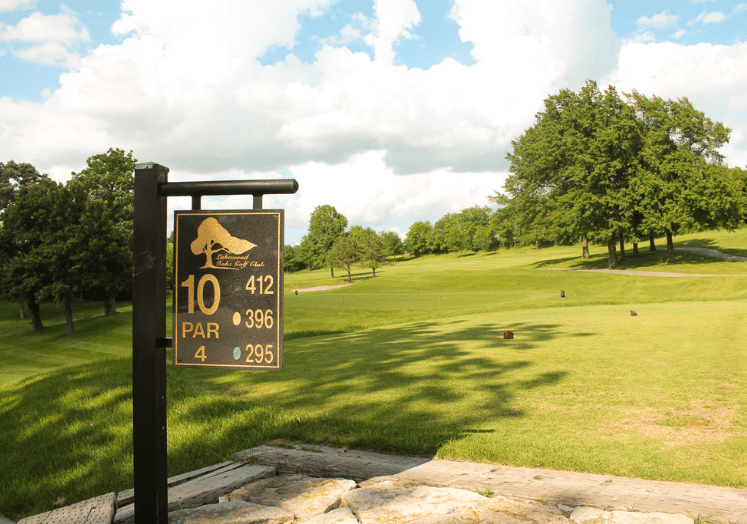
History of our Promissory Notes between the LHC and LPOA
The LPOA invested $586,747.24 in the equity payment for the purchase of the LHC in 2007, then another $363,368.16 in unplanned cash infusions during the first two years. The LHC has been making interest payments on the total loan balance of $963,115.60 back to LPOA, since 2008. In the meantime, the priority of the Golf Course has been to repay its Bank Loan balance first ($850k is remaining), which will balloon in 2025. After that, the repayment of the LPOA loan could/should be prioritized, while still carefully maintaining the LPOA equity interest in the LHC.

History of our Interest Rates Paid by the LHC on the LPOA loan
The LPOA made a loan to LHC in 2007 for the acquisition of the course. The LHC has been making interest payments since then. For most of these years, the LHC has paid a rate higher than the federal funds rate, ranging from 1.53% to 5%, when the Federal rate spent most of those years around 0.25%.
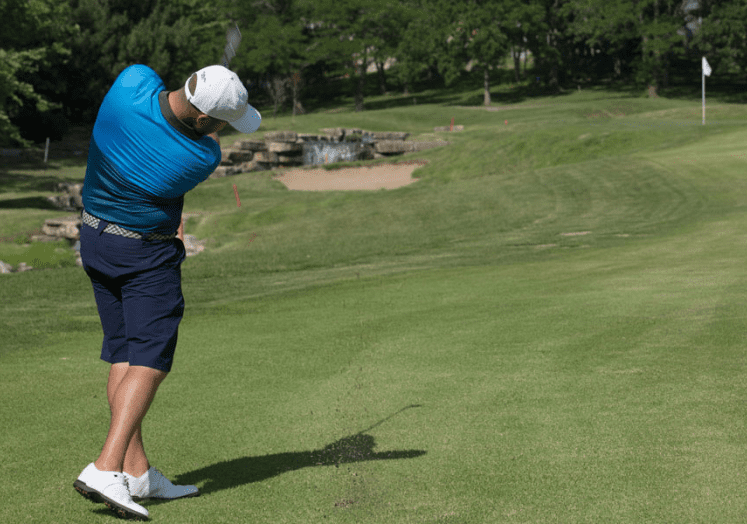
Bulletin: 2025 Proposed Lease Structure Update
In Feb 2024, the Board asked Staff to create a triple net (NNN) lease template format that could be used to make the 2025 lease renewal more understandable to the average stakeholder, with increased detail for line items. The staff provided a new lease template, which will leave the lease rate similar in the future, but adds itemized details. This format will be reviewed in order to confirm during the November 2024 budget process, to be approved for the 2025 fiscal year lease.

